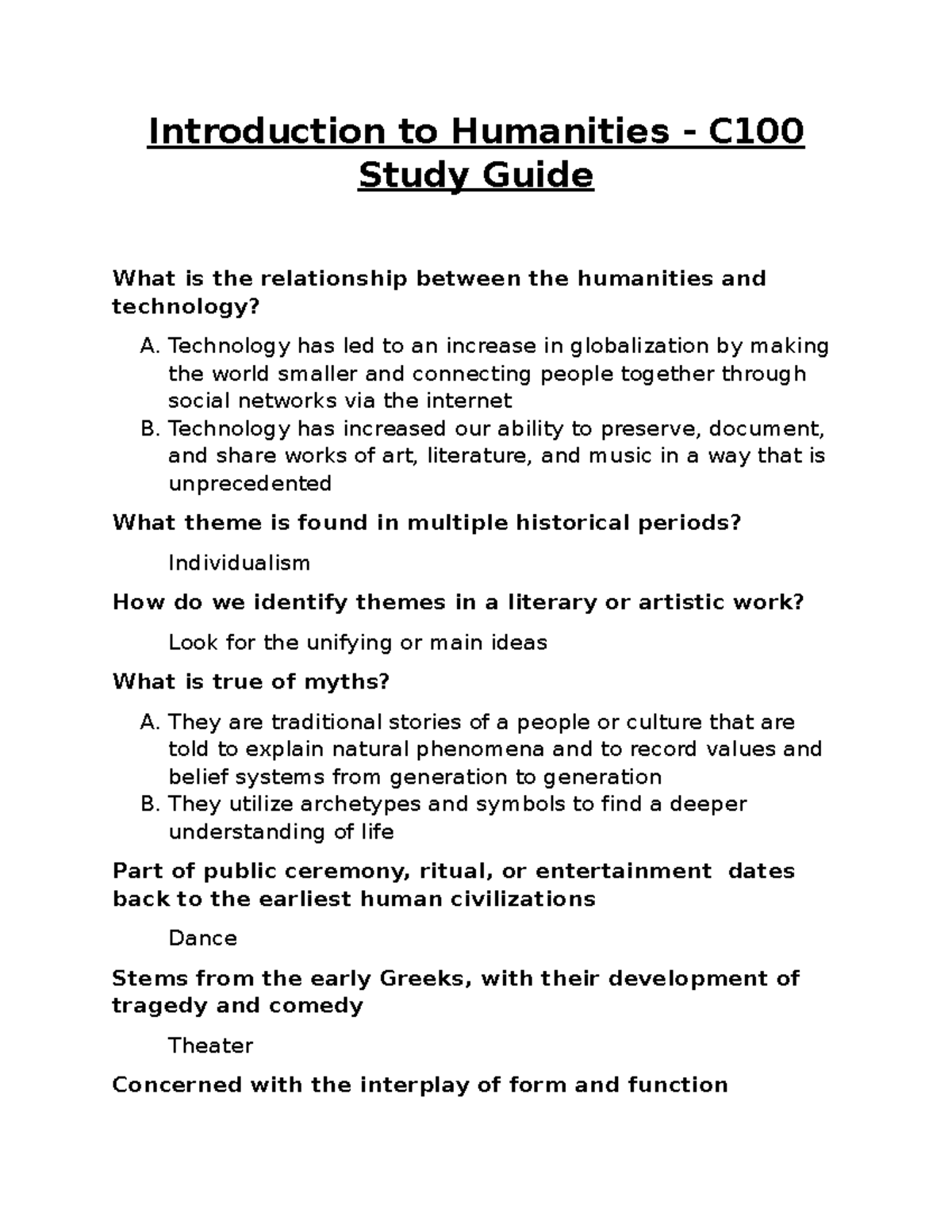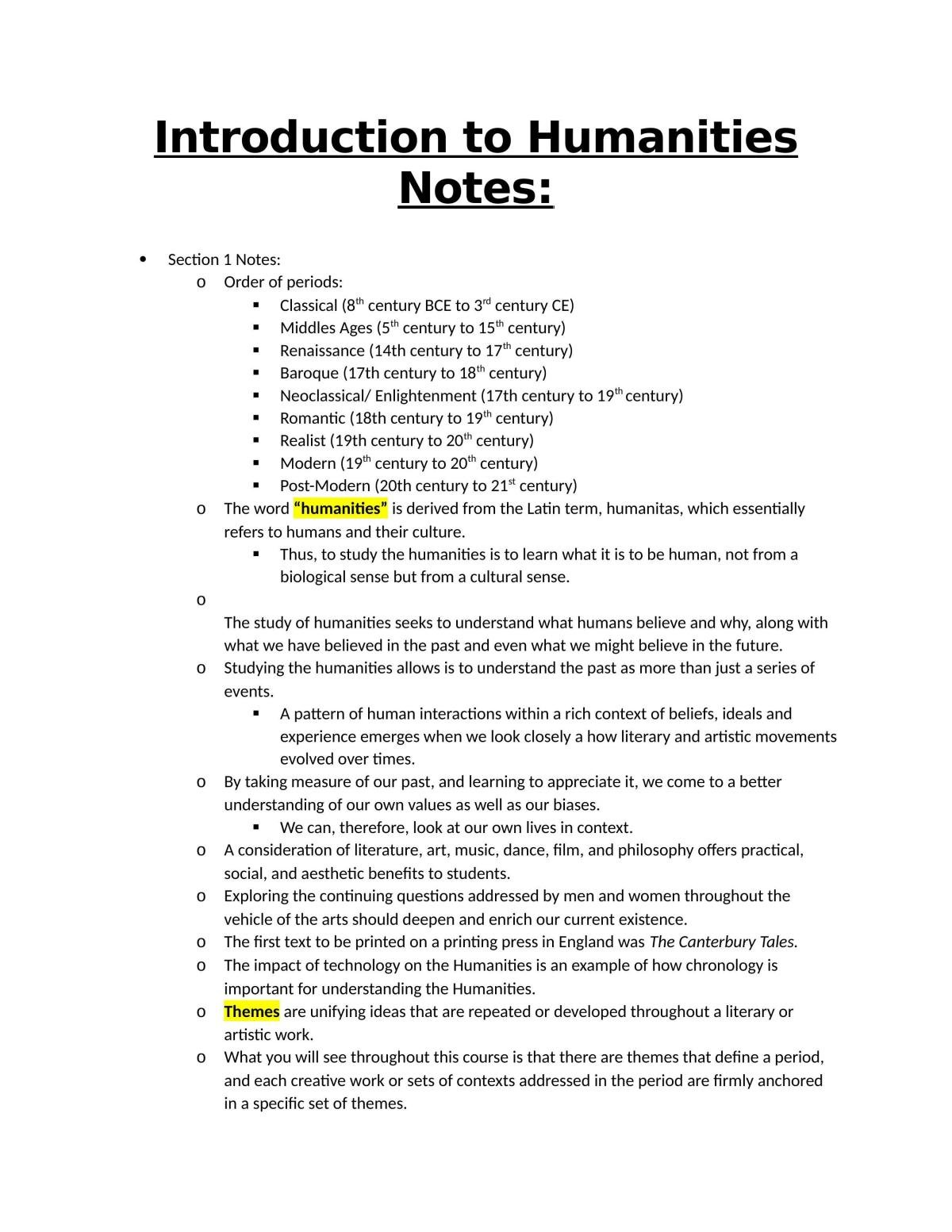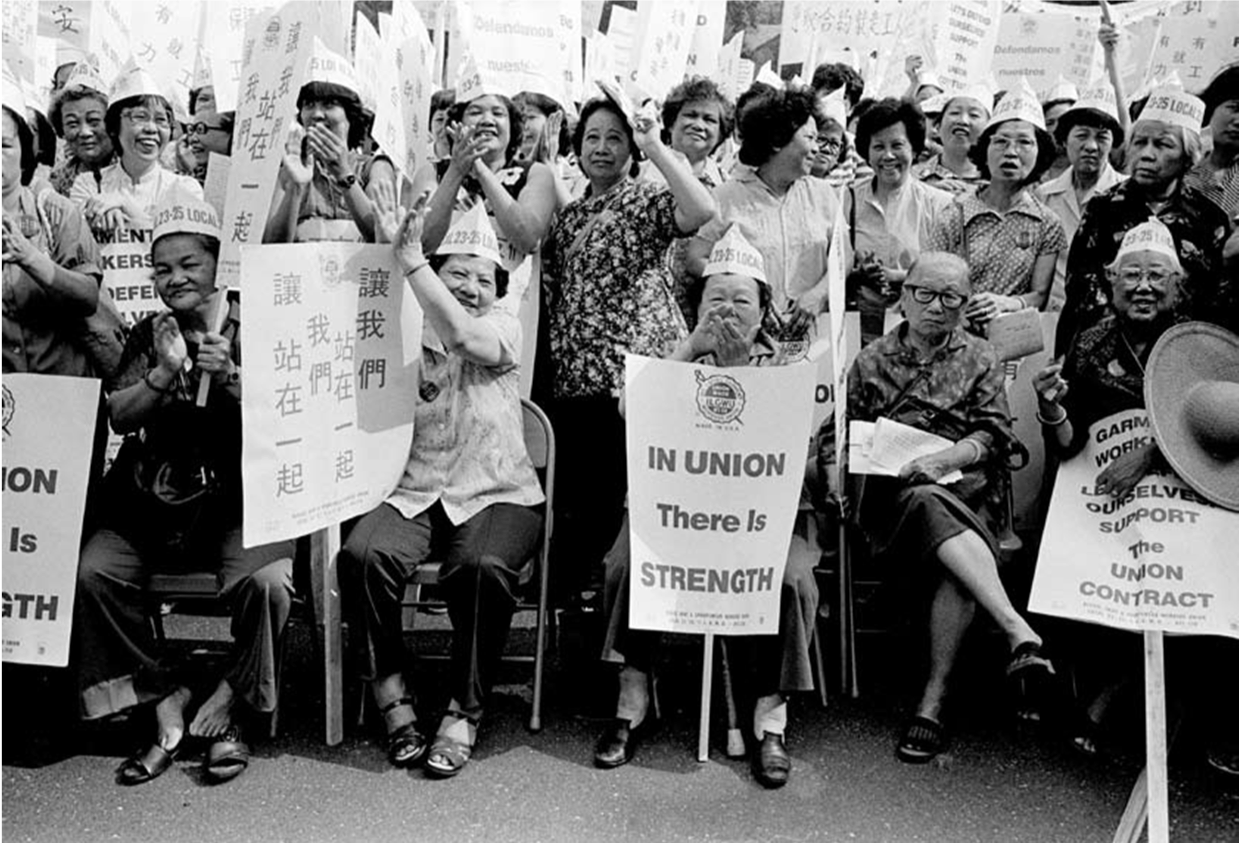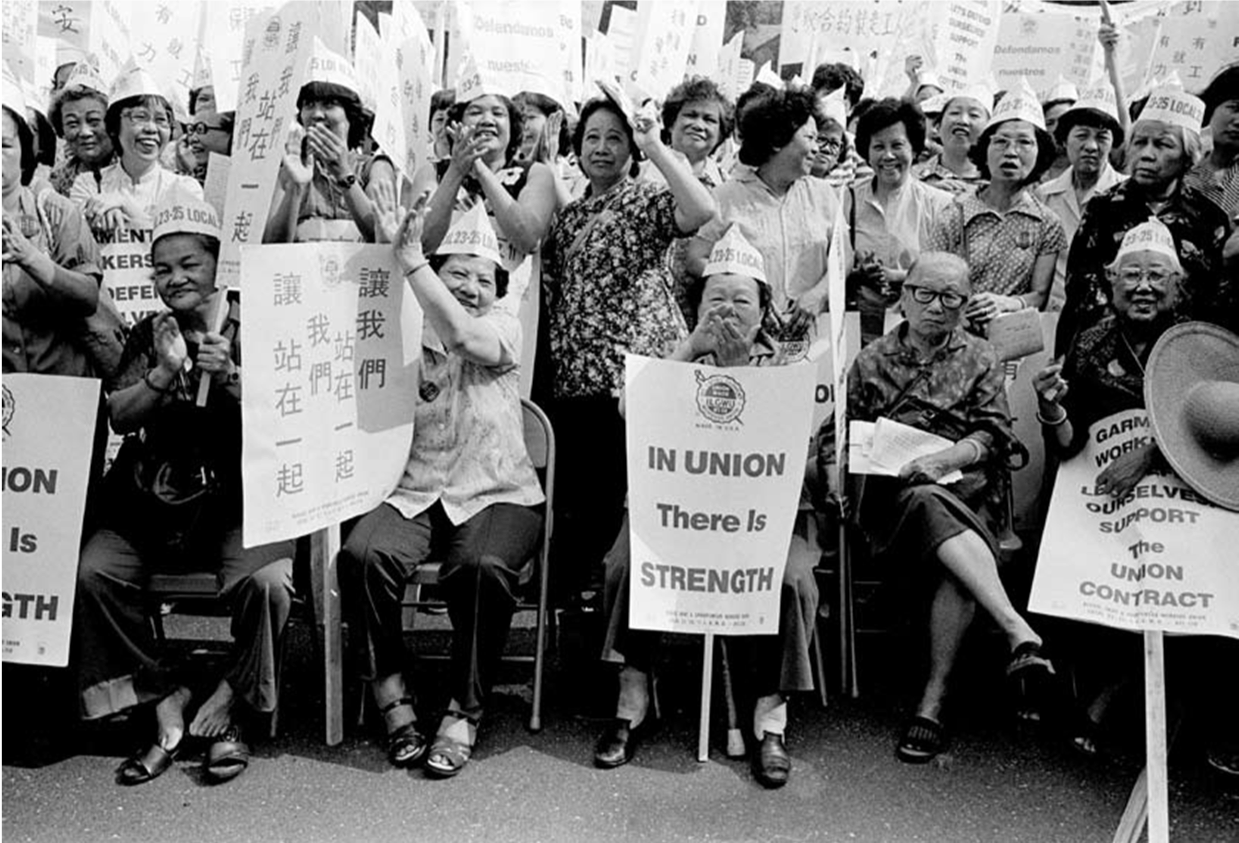The Harvard Archives stand as a beacon of institutional memory, chronicling the rich tapestry of Harvard history through an extensive archival collection. This treasure trove houses invaluable historical documents that offer insights into both the University and America’s broader narrative. With exhibits like “Archives Inside Out,” the relevance of the Harvard Archives becomes even more apparent, showcasing items that tell captivating stories of notable figures such as John F. Kennedy and W.E.B. Du Bois. Through these carefully curated displays, visitors can engage with the past and appreciate the efforts made by archivists to preserve and present these artifacts for future generations. In exploring the Harvard Archives, one can discover a unique intersection of academia, culture, and history that continues to shape our understanding of American society.
The archival repository at Harvard offers a profound exploration into the University’s legacy and its role in documenting pivotal moments in American life. Known for its historical significance, this collection comprises manuscripts, letters, and photographs that reflect the institution’s vibrant culture. The Harvard exhibit brilliantly highlights key artifacts that illustrate the institution’s narrative while also fostering awareness about the archival process itself. Through these historical artifacts, the archives serve not just as a passive collection but as a dynamic platform for engaging the public with Harvard’s storied past. Collectively, these elements contribute to a deeper understanding of the historical trends and societal shifts represented within these archival records.
Discovering Harvard’s Rich Archival Collection
Harvard’s archival collection encapsulates decades of history, art, and culture, providing researchers and historians with a nuanced view of American society. The treasures within these collections range from priceless letters, such as those from John F. Kennedy and W.E.B. Du Bois, to visual materials depicting the impact of social movements. Each piece tells its own story, highlighting the rich tapestry of experiences and events that have contributed to shaping Harvard’s identity and, by extension, the country’s narrative.
The diversity of the materials in the University Archives reflects a commitment to preserving history in all its complexity. From handwritten notes to early publications like The Harvard Lampoon, these documents offer invaluable insights into the past. As researchers sift through these preserved items, they uncover layers of meaning, bringing to light voices and stories that have often been overlooked in traditional historical accounts.
The Role of the Harvard Archives in Education
The Harvard Archives play a crucial role in the academic landscape of the university, serving not just as a repository of historical documents but also as a vital resource for students and scholars alike. By making these materials accessible, the archives support interdisciplinary research and foster a deeper understanding of historical contexts. Whether it’s a letter detailing the thoughts of a prominent scholar or photographs documenting significant events, each item enriches the educational experience at Harvard.
Educators and students alike benefit from the wealth of resources available through the archives. The ongoing digitization efforts ensure that even the most fragile documents can be shared widely. Educational exhibits, such as “Archives Inside Out,” allow the academic community and the public to engage with history in a meaningful way, demonstrating the relevance of historical documents to contemporary issues in society.
Highlighting Women in Harvard’s History
The archivists at Harvard have made significant strides in showcasing the contributions of women throughout the university’s history. The photograph of ‘women computers’ at the Harvard College Observatory serves as a powerful reminder of the important yet often unrecognized roles women have played in academia and scientific research. By highlighting their stories, the archives help to alter perceptions and celebrate their achievements in fields traditionally dominated by men.
Beyond just preserving these histories, the Harvard Archives aim to tell a more inclusive narrative. Through exhibitions and public outreach, they emphasize the need to recognize women’s contributions throughout history, exemplifying how archival work can reshape our understanding of the past. These efforts align with the broader goals of equity and inclusion, ensuring that everyone, regardless of gender, finds representation and acknowledgment in historical records.
Archival Practices: Behind the Scenes at Harvard
The work of archivists at Harvard involves meticulous processes to curate and maintain a vast collection of historical documents. Each item that enters the Harvard University Archives undergoes careful evaluation and processing to ensure its longevity and accessibility for future generations. The dedication to archival standards reflects a broader commitment to preserving not just Harvard’s history but also that of American society as a whole.
The archivists frequently engage with the academic community to ensure that the collections remain relevant and serve the needs of researchers. By selecting items that reflect significant moments in history, they provide insight into the evolving nature of archival work. This collaborative effort allows for the curation of exhibitions that not only educate the public but also honor the contributions of those who shaped these narratives.
Highlighting Historical Documents from Notable Figures
Harvard’s archives boast an impressive array of historical documents from prominent individuals like W.E.B. Du Bois and John F. Kennedy, offering a firsthand glimpse into their thoughts and experiences during pivotal moments in history. Such letters not only enhance our understanding of these figures but also place them within the broader context of societal issues, like race relations and political challenges. Their inclusion in the archives emphasizes the importance of personal narratives in shaping public history.
These historical documents serve as critical artifacts for students and researchers, providing rich material for analysis and discussion. The letters’ contents can spark interest and foster critical conversations about the complexities of American history. As visitors engage with these documents, they are invited to reflect on the impact of these historical figures and the ongoing relevance of their messages in today’s society.
Engagement with Modern Challenges: The COVID-19 Archival Response
In response to the COVID-19 pandemic, Harvard University Archives initiated a robust web archiving program to document the unprecedented events affecting society. The capture of a March 2020 issue of The Harvard Crimson highlights the immediate responses and changes within the Harvard community, allowing future researchers to analyze these documents in the context of a global crisis. This proactive approach demonstrates the archives’ commitment to preserving current events alongside historical materials.
The digitization of these materials enables a wide audience to access crucial information about Harvard’s reaction during the pandemic, providing a platform for reflection and study. Engaging with contemporary issues through archival practices not only enhances academic research but also serves to educate the public about the roles that archives play in documenting history as it unfolds.
The Significance of Student Contributions to Historical Narratives
Harvard’s archival collections include significant contributions from students, which are vital for understanding the rich history of the institution. Items like sketches from The Harvard Lampoon represent the intersection of creativity and scholarship, showcasing how student initiatives have helped shape campus culture. These contributions reflect the vibrancy and dynamism of student life, illuminating the experiences that mold future leaders and thinkers.
Incorporating student perspectives helps to create a more comprehensive historical narrative. By archiving materials produced by student organizations, the Harvard Archives ensure that the voices of the younger generation are preserved along with those of established figures. This balanced representation is essential for an equitable account of history that resonates with diverse audiences and honors all contributors to Harvard’s legacy.
Exploring the Nature of Archival Work and Community Engagement
The nature of archival work involves not only the preservation of historical documents but also the engagement with the community to raise awareness about these collections. Exhibits like “Archives Inside Out” showcase the unique expertise of archivists and invite community participation in exploring the archives. By opening the doors to the public, Harvard University Archives helps demystify the work of archivists, allowing a wider audience to appreciate the significance of these historical records.
Furthermore, the collaborative model employed by the archives, where staff members contribute their favorite finds, fosters a sense of connection and pride. This community engagement creates a space where the public can interact with history in a meaningful way, while archivists curate narratives that reflect the diverse experiences associated with Harvard. Such efforts enrich both the archives themselves and the cultural heritage they represent.
The Future of the Harvard University Archives
As the Harvard University Archives look to the future, the focus will remain on expanding and digitizing their collections to ensure accessibility for all users. Emphasizing the importance of diverse historical documentation, the archives are actively involved in projects aimed at preserving materials that reflect underrepresented communities. This forward-thinking approach underscores the archives’ commitment to inclusivity and the need to document a fuller spectrum of history.
Future initiatives will likely include partnerships with various academic departments and community organizations to continually evolve the nature of the collections. By exploring new technologies and methodologies for archiving and showcasing historical documents, the Harvard Archives position themselves as a dynamic resource for research and public education, paving the way for innovative engagement with history.
Frequently Asked Questions
What are Harvard Archives and why are they important?
Harvard Archives, part of the larger Harvard University Archives, preserve and showcase a rich collection of historical documents that reflect not only Harvard history but also significant events in American culture. These archival collections are crucial for researchers, historians, and the public, providing access to primary sources that contribute to our understanding of the past.
How can I access the Harvard University Archives online?
To access the Harvard University Archives online, visit the official Harvard Library website where you can explore digitized collections, finding aids, and resources related to Harvard history. Many historical documents, including correspondence and archival collections, are available digitally for public research.
What can I find in the Harvard University Archives collections?
The Harvard University Archives houses a diverse range of materials including letters, photographs, manuscripts, and other historical documents. These collections offer insights into Harvard’s institutional development and the broader historical context of America, highlighting significant figures and events in Harvard history.
What is the ‘Archives Inside Out’ exhibit at Harvard Archives?
The ‘Archives Inside Out’ exhibit showcases selected items from the Harvard University Archives, curated by archivists who share their personal favorites. This exhibit aims to demystify archival work and highlight the importance of these historical documents in telling both Harvard’s story and that of America.
How do scholars utilize Harvard Archives for research?
Scholars utilize Harvard Archives to access primary source materials that are vital for research. The historical documents found in these archival collections often serve as the foundation for academic papers, providing evidence and context regarding various aspects of Harvard history and American culture.
What types of historical documents are preserved in Harvard Archives?
Harvard Archives preserve a variety of historical documents, including letters, diaries, photographs, manuscripts, and institutional records. These archival collections encompass a wide range of subjects, reflecting the diverse narratives from Harvard history and significant American historical moments.
Are there any notable items featured in Harvard Archives collections?
Yes, notable items in Harvard Archives include a handwritten letter from John F. Kennedy to his classmates, letters from W.E.B. Du Bois, and unique artifacts like a perpetual calendar from a former Harvard president. Such items not only illustrate key moments in Harvard history but also represent broader social issues and historical narratives.
How does Harvard Archives contribute to the study of American history?
Harvard Archives contribute significantly to the study of American history by preserving primary sources that document historical developments, social movements, and influential figures in American society. These archival collections provide invaluable insights that support scholarly research and enrich public understanding of the past.
Can I donate items to the Harvard University Archives?
Yes, individuals can donate items to the Harvard University Archives. The archivists evaluate potential donations based on criteria such as historical significance, relevance to Harvard history, and the uniqueness of items. If you’re interested in donating, please contact Harvard University Archives for guidance.
How does the Harvard University Archives engage with the community?
The Harvard University Archives engages with the community by hosting exhibits, educational programs, and public events that raise awareness about archival collections and the importance of preserving history. These initiatives, like the ‘Archives Inside Out’ exhibit, aim to make archival materials accessible and promote a deeper understanding of Harvard’s legacy.
| Key Point | Details |
|---|---|
| Harvard University’s Role | The exhibit showcases objects that tell the story of both Harvard University and broader American history. |
| Exhibit Title and Duration | ‘Archives Inside Out’, open until April 30, 2025 at Pusey Library. |
| Notable Items on Display | Includes letters from JFK and W.E.B. Du Bois, photos of women astronomers, and documents reflecting diverse American histories. |
| Goal of the Exhibit | To demystify archival work and showcase the efforts and discoveries made by Harvard archivists. |
| Community Engagement | Staff contributed their favorite items to highlight compelling stories in Harvard’s archives. |
| Unique Approach | An inclusive exhibition model, inviting input from various archivists about significant historical pieces. |
| Public Accessibility | Exhibit aims to make archival materials more accessible and understandable to the public. |
Summary
Harvard Archives is a treasure trove of historical artifacts and documents that encapsulate the rich narrative of both the University and America at large. The ‘Archives Inside Out’ exhibit not only celebrates this unique history but also makes it accessible to the public, revealing how archivists contribute to preserving and promoting knowledge of our shared past. Through selected items that range from personal letters to institutional documents, the exhibition highlights the diverse voices and stories that have shaped Harvard and reflect broader societal themes. This initiative reinforces the importance of archival work in the contemporary digital age, fostering a deeper appreciation for the history that continues to inform our present.











